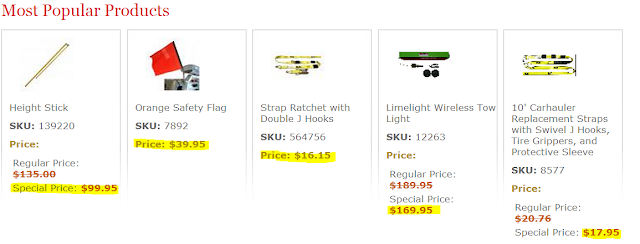It’s cold and absurdly early on this Las Vegas morning, but 30+ people couldn't be happier. Not just because it’s Vegas, but because East Coast Truck and Trailer Sales is hosting their Richard Petty Driving Experience again. If you’ve never been, the Richard Petty Driving Experience is a thrill ride you control - starting at 100+ mph!
Every year, the folks at ECTTS ask a number of their friends and customers to come out for the driving experience of a lifetime. This is a chance to drive a car as fast as you can – without any fear whatsoever of a ticket. In fact, the faster the better! So much so, we keep track of the stats.
The day starts with a facility overview of Las Vegas Motor Speedway. There’s roughly 1,500 acres to the Las Vegas Motor Speedway, consisting of over 10 tracks. There’s the 1/2 mile World of Outlaws dirt track, the quarter mile NHRA drag racing facility known as “The Strip” and the 3/8 mile “Bullring”, which is the home track of NASCAR superstars Kurt and Kyle Busch as well as Brendan Gaughan – just to name a few.
But before you’re allowed to put a 600+ HP car through its paces, you have to go through safety and instruction and in-car/on-track training. This isn’t just a formality if you’re driving these beasts, this is absolutely necessary. You need to know how the brute you’re going to be doing your best to control will handle in a curve, or “out of the groove.” You’ll hear from the instructors/drivers just what you’re going to feel, and at what speed. They know these finely-tuned monsters; they drive them every day.
Now it’s your turn at the wheel; right? Well, first you’ll be taken on a ride-along to get a feel for the track, and experience the car “at speed.” You get to see what it feels like to take a curve as fast as possible without slamming into a wall. Then you get to feel the acceleration push you into the seat – when you’re already doing over 100 mph! You’ll amusedly remember when you used to get a thrill punching the accelerator on the family sedan to pass a sluggish truck. And this is just the instructional phase.
“OK, this should be easy”, you convince yourself, as you climb into the driver’s seat. What you don’t understand – until you try it for yourself, is that the instructor made it look easy because of their experience. For you, getting this race car up to something even close to 130 mph is taking some work. Not that the car won’t do it, but because you’re having a tough time getting up the nerve to go much faster. Way too soon, this thrill ride is over, but you get a chance to see just how much bravado you had. After it’s all over, you get a packet that includes a time sheet with a breakdown of every lap you drove on the track.
Finally, at the end of the day, ECTTS holds a dinner for their customers, friends, and employees. The food’s good, but the stories and laughter are even better. Let’s face it, half the fun of this type of outing is comparing how you did with the rest of the guests. The only problem lies with the inevitable request to see the hard copy of your exploits, to confirm those “enhanced” tales of the track. Chris Kelly, one of our customers, posted this year’s top speed at 141 mph! We’ll keep the lowest speed to ourselves, so as to keep the embarrassment to a minimum. As we said earlier, we do keep track of the stats.










